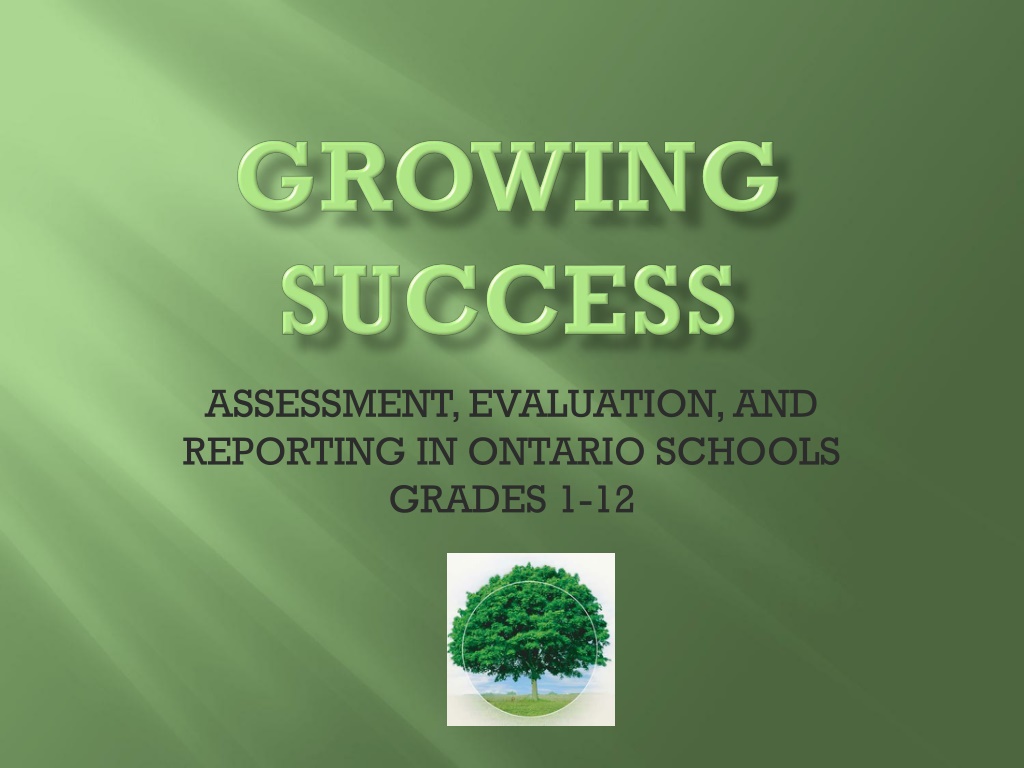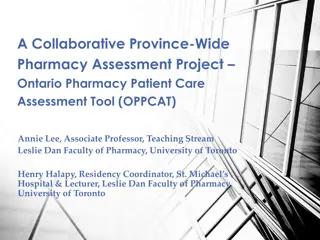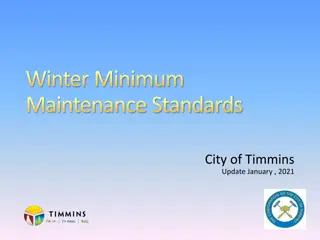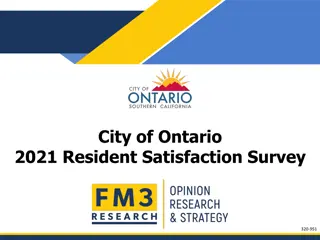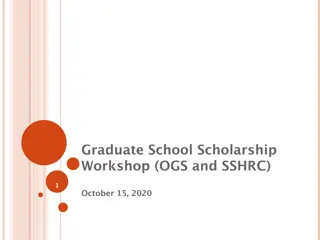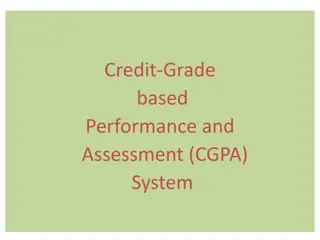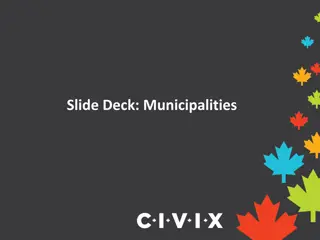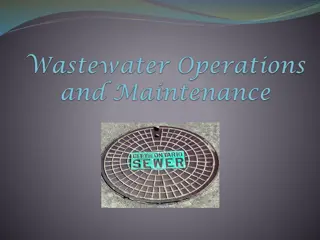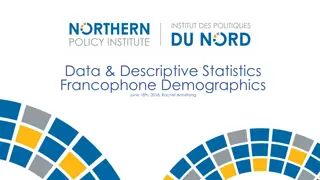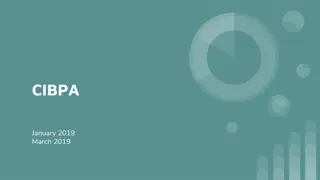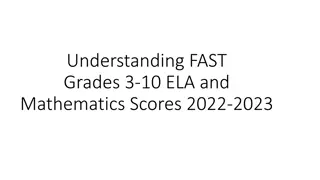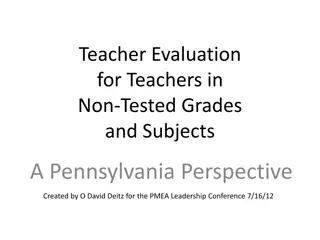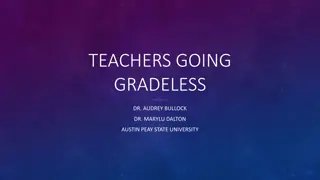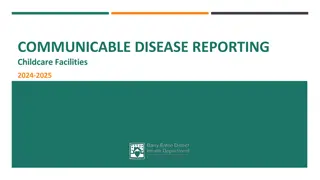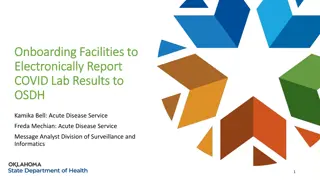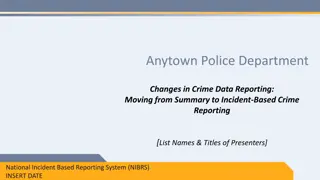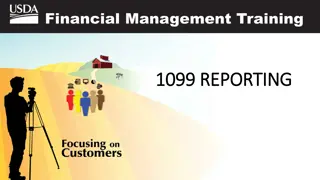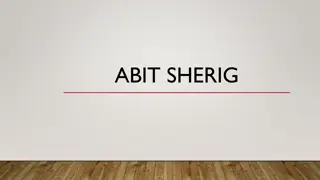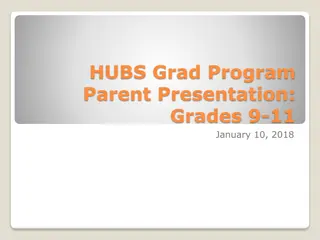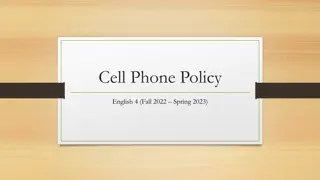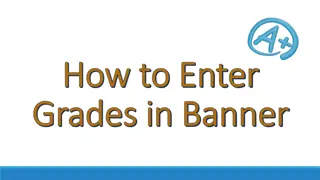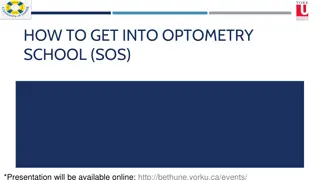Assessment, Evaluation, and Reporting in Ontario Schools Grades 1-12
This document outlines the assessment, evaluation, and reporting practices in Ontario schools for grades 1-12. It covers fundamental principles, new learning skill categories, criterion-referenced assessment, achievement levels on report cards, timelines for progress reports, and the importance of consistent assessment policies across school boards.
Download Presentation

Please find below an Image/Link to download the presentation.
The content on the website is provided AS IS for your information and personal use only. It may not be sold, licensed, or shared on other websites without obtaining consent from the author. Download presentation by click this link. If you encounter any issues during the download, it is possible that the publisher has removed the file from their server.
E N D
Presentation Transcript
ASSESSMENT, EVALUATION, AND REPORTING IN ONTARIO SCHOOLS GRADES 1-12
To understand the purpose behind this new document To develop school wide and common assessment criteria for the new Learning Skills To examine the new Progress Report and Report Card To establish timelines for the 2010-2011 school year To reflect on assessment practises To develop a common understanding of guidelines in the document and to discuss board policies Q and A
Search the document for answers to the following questions: Name 2 of the Fundamental Principles behind this document. 1. What are the 6 new Learning Skill Categories? 2. Define CRITERION REFERENCED ASSESSMENT as described in Chapter 3. 3. 65% is equivalent to what Achievement Level on a Grade 7 Report Card? 4. The Elementary Progress Report must be sent home during which dates? 5.
Search the document for answers to the following questions: Name 2 of the Fundamental Principles behind this document. Page 6 What are the 6 new Learning Skill Categories? Page 11 Define CRITERION REFERENCED ASSESSMENT as described in Chapter 3.Page 19 57% is equivalent to what Achievement Level on a Grade 7 Report Card? Page 40 The Elementary Progress Report must be sent home during which dates? Page 53 1. 2. 3. 4. 5.
1. To update, clarify, coordinate and consolidate the various aspects of the assessment policy in Ontario 2. To ensure that Assessment Policy is consistent and well aligned across panels and across school boards
In your small group, using the template: Paraphrase your Principle in 3-6 words Brainstorm examples and indicators of the described practise Be prepared to share with large group
Using the template provided: Paraphrase your Principle Brainstorm examples and indicators of this Principle
Learning Skills Page 10 -13 Clearly, there is broad agreement among educators from various constituencies that learning skills and work habits like those described here for Grades 1 to 12 contribute substantially to student success. It is expected that teachers will work with students and their parents to ensure that they understand these learning skills and work habits and their importance. Students benefit when teachers discuss and model these skills, and when teachers and parents work with students to help them develop these skills. Students also benefit when teachers work with them to explain how these skills will be assessed and evaluated. Page 13 Growing Success
OLD LEARNING SKILLS NEW LEARNING SKILLS Independent Work Initiative Homework Completion Use of Information Conflict Resolution Cooperation with Others Participation Problem Solving Goal Setting Responsibility Organization Independent Work Collaboration Initiative Self Regulation
Create Anchor Statements Define Teaching Strategies Define Methods of Assessment 45 minutes
Page 98 Grade 1 6 Progress Report Page 110 Grade 7-8 Progress Report Page 102 Grade 1 6 Report Card Page 114 Grade 7-8 Report Card With a partner, take 10 minutes to examine the new templates and compare them to the existing Report Cards find differences and similarities
Subject Math Guidelines (page 57 59) -4 of 5 strands each term -each strand at least once each year Language -all 4 strands each term French -all 4 strands each term Science -indicate reported strands-3 of Arts -3 of 4 strands each term Social Studies -same as scheince History/Geography Health and Phys. Ed. -health and phys ed each term
November 12 PROGRESS REPORT February 18 REPORT CARD 1 June 28 REPORT CARD 2 Meet the Teacher Night Sept. 22
FOR Learning AS Learning and OF Learning Page 27 - 46
Rooted in Specific Curriculum Expectations Balance of 4 Categories of Achievement Planned seamlessly with Instruction Common understanding of success criteria and learning goals (parent/student/teacher|) Used to monitor student progress and to determine next steps Includes timely and descriptive feedback Includes peer and self evaluation
Evaluation of student achievement, often at the end of a learning period Based on Overall Curriculum Expectations Collected from OBSEVATIONS, CONVERSATIONS, and STUDENT PRODUCT Determined only by the teacher Carried out under teacher supervision
Refer to Chart on Page 31
In your small group, provide a brief description and understanding of your topic: Late and Missed Assignment Guidelines p. 43-46 The meaning and use of R and I on an assignment p. 41-43 Self Assessment/Peer Assessment and Individual Goal Setting p. 35 Reporting Schedules p. 53 Accommodations/Modifications/Alternative Programs p. 72-73 Teacher/Student/Parent Comments of Report Cards p. 63-66 Performance Standards p. 16-19
